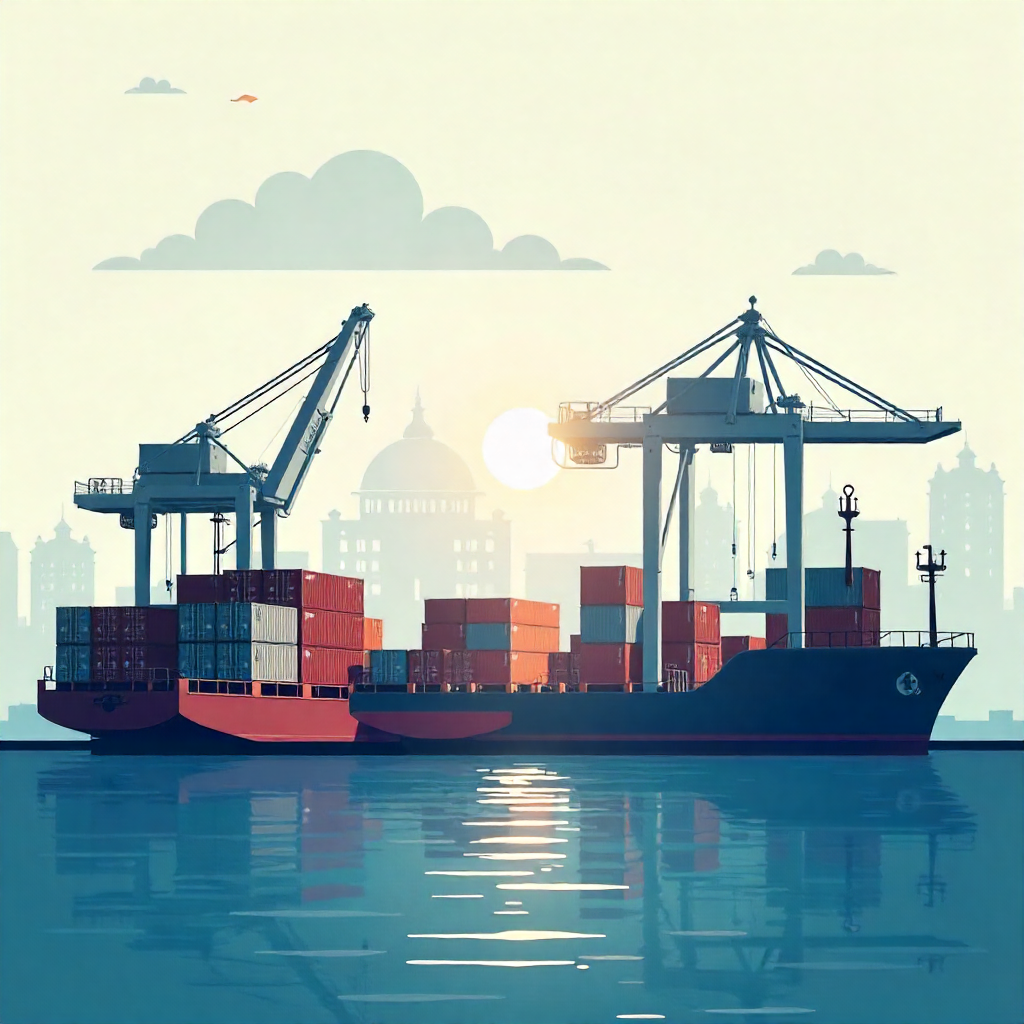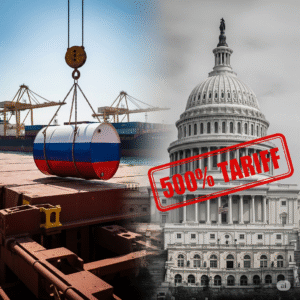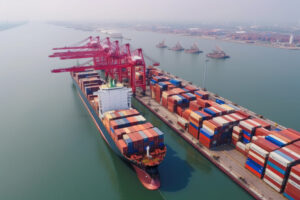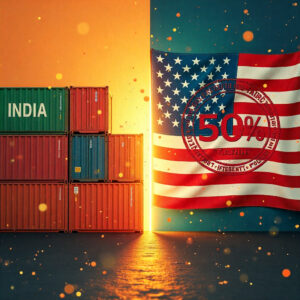On August 6, 2025, the Reserve Bank of India (RBI) announced that it will keep the repo rate steady at 5.50%, maintaining its neutral stance on monetary policy. For most people, this news translates into stable EMIs and unchanged borrowing costs. But as a customs housing agent company, Sunshine Cargo Services believes it’s equally important to ask:
Does the repo rate decision affect Indian customs and international trade? And if yes, how?
Let’s break it down.
What Exactly Is the Repo Rate?
The repo rate is the interest rate at which the RBI lends money to commercial banks. A cut in the repo rate makes borrowing cheaper, while a hike makes it more expensive. According to RBI Governor Sanjay Malhotra:
“By maintaining the repo rate at 5.50%, the RBI seeks to ensure stability in the financial system while supporting economic growth amid global uncertainties.” (Source: Economic Times, August 2025)
But here’s the key: customs duties are not linked to repo rates. They are defined by trade policies, Union Budget updates, and international agreements. So, the repo rate does not directly impact customs duty or clearance charges.
Still, it influences the larger financial environment in which importers and exporters operate.
Direct vs Indirect Impact on Customs
1. Direct Impact
Customs duty rates remain unchanged.
Documentation procedures such as filing a Bill of Entry amendment or responding to a BE/SB query on ICEGATE stay unaffected. (Read our step-by-step guides: How to File Bill of Entry Amendment on ICEGATE and How to Respond to BE/SB Query on ICEGATE).
In short: repo rates have no direct bearing on customs tariffs or clearance rules.
2. Indirect Impact
This is where it gets interesting:
Trade Finance: Importers often rely on working capital loans or Letters of Credit (LCs). Since repo rates influence bank lending rates, stability here means lower volatility in trade financing costs. (For details on LCs, see our guide: How to Fill LCs Import Webform on ICEGATE).
Import Volumes: Stable borrowing costs encourage importers to place larger orders, which means higher customs clearances.
Export Competitiveness: A neutral rate keeps the rupee more stable, which helps exporters manage global pricing without sudden shocks.
Why This Decision Matters for Importers and Exporters
The RBI’s decision comes at a critical time. With U.S. tariffs on Indian goods and geopolitical disruptions in trade routes, Indian businesses are already facing external cost pressures (read our analysis on Trump’s India tariffs).
By keeping rates unchanged:
Importers can access predictable credit lines.
Exporters gain confidence in stable financing costs.
Customs brokers like Sunshine Cargo Services see smoother trade flows, without abrupt disruptions in shipment volumes.
According to Reuters’ coverage:
“The RBI left the repo rate unchanged at 5.50% as all six members of the Monetary Policy Committee voted in favor, while projecting FY26 GDP growth at 6.5% and cutting inflation outlook to 3.1%.” (Source: Reuters, August 2025)
This mix of steady growth and easing inflation is good news for the trade sector.





